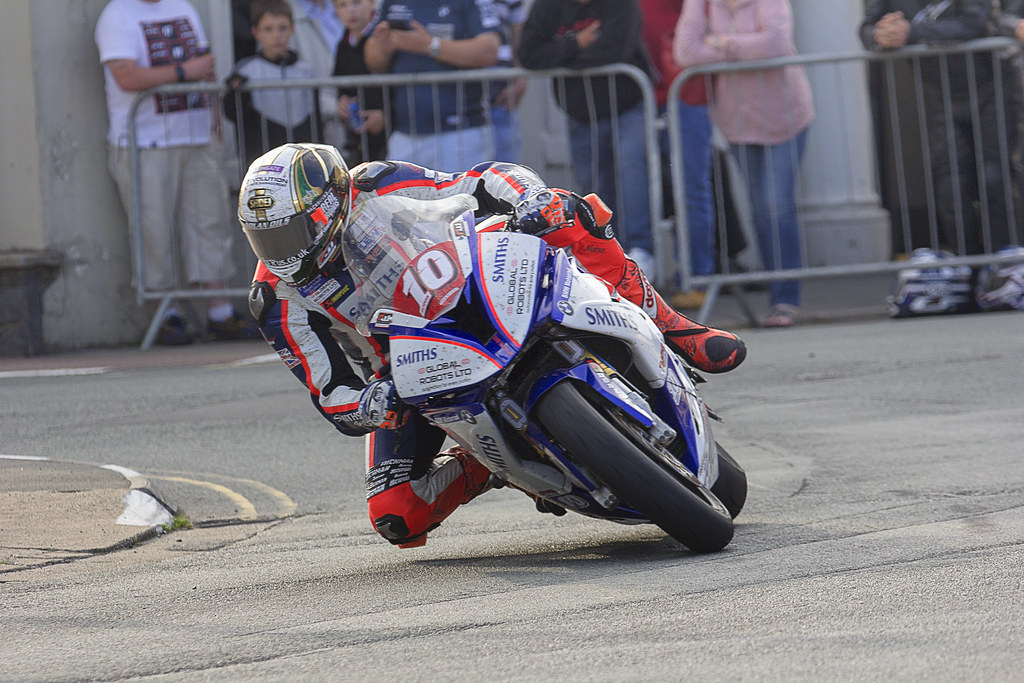
Road racing isn’t for the faint hearted. Unlike track racing where riders are on a fairly even surface, perfectly tarmacked with plenty of run-off if they get it wrong going into the corners; road racers are faced with a whole host of different challenges including manhole covers, curbs, walls, trees and even winds blowing in as they race across the exposed country or mountain roads.
Not only are the conditions constantly changing, forcing riders to adapt their riding styles throughout the lap – the laps are usually much longer than a track race meaning riders need to know the circuit inside out, back to front before heading out in order to complete it both safely and successfully.
Road racing is a dangerous sport. We’ve already mentioned the road surfaces and hazards that can play havoc with a motorcycle, along with the weather conditions that can blow you sideways at great speed; but the speeds are incredible. Being able to sustain high speeds for a whole lap takes some doing when you’ve got hedges, walls, drains and cross-winds to contend with – but it’s that danger that keeps riders coming back for more. The ability to hammer down a (normally) 30mph country road at speeds of over 100mph, getting both wheels off the ground as you go over a bump in the road and opening it up as you get out into the countryside is a thrill you can’t experience anywhere else than out on the closed roads under race conditions.
How do you get into road racing?
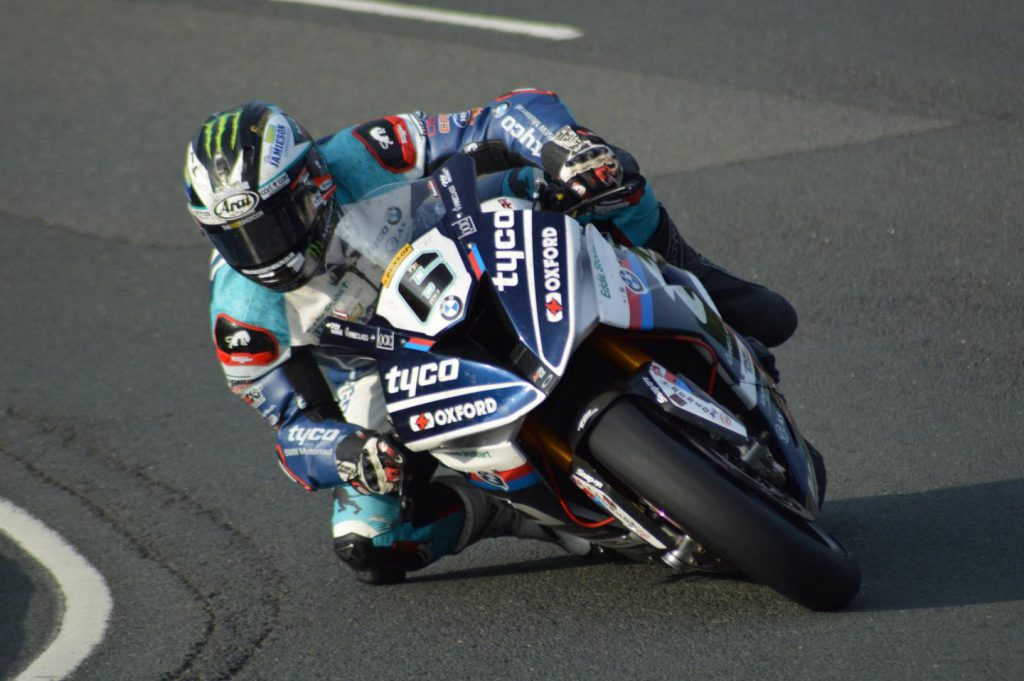
It’s fairly easy to get into track-based motorcycle racing: just head down to your local circuit and speak to someone about getting involved. All you need is funding, a motorbike and the equipment (not even that in some cases, especially in the early days where training and equipment can be provided), and you’re away. Before long, if you’re good enough, you can call yourself a motorcycle racer – but road racing is completely different.
With no ability to ask the council to close the roads around your house so you can practice, road racers have to practice on circuits and temporary road circuits set up in the lead up to a race. To start road racing you need to apply for and obtain a dedicated road racing license which covers you for a period of up to a year – but you can’t do that without joining a racing club initially. As we’ve already mentioned, there are plenty of racing clubs around the UK with most affiliated to major racing circuits complete with garages and training facilities for you to hone your skills (and bike) before heading out on track.
Even that’s not all, though! Once you’ve joined a club and applied for a license, prospective road racers must undertake a Competitor Training Course and a Basic Rider Assessment and then, once you’ve passed, you can send your application off for approval.
When that comes back a rider is given a novice license and needs to wear a (usually orange) bib out on track, until you’ve completed a set number of races over a set number of race meetings and then you can start to think about upgrading your license and moving towards becoming a road racer. Nobody said it was going to be easy or straightforward, did they? (We haven’t even mentioned learning the braking points and how to avoid drains, either!)
The ultimate road race: the Isle of Man TT

The Isle of Man TT is the pinnacle of road racing. Taking place each year on the island, riders flock to the infamous Tourist Trophy event to feel the rush of racing around the towns, villages and mountain roads on the Isle of Man in an attempt to complete the fastest combined lap times and obtain the highest average speed around the circuit.
Riders see the Isle of Man TT as something of a pilgrimage, an event that sets them apart from any other racers. Filled with danger and with a reputation that has called for the event to be cancelled because of the number of deaths around the circuit, the Isle of Man TT remains one of motorcycling’s biggest events – if not the biggest.
MotoGP riders past and present have all visited the small island between England and Ireland to see what the fuss is about, with many – including Valentino Rossi and Jorge Lorenzo – having lapped the course as part of a procession. Rossi, perhaps the greatest man ever to race a motorcycle, famously said that the course was too dangerous back in 2009 having ridden round with Giacomo Agostini.
In an interview Rossi said “I did a lap of the Isle of Man, and I understand why people love this because it’s f**king awesome – it’s unbelievable, great. But, unfortunately, it’s too dangerous. Sometimes, riders are crazy. The Isle of Man is very difficult. If you make a mistake, maybe it’s the last mistake.”
In 2016, however, the GOAT told Motorcycle News that he’ll be back one day. Rossi told journalists “I got an opportunity to go in 2009 and to see it for the first time, and also a great opportunity to make a lap too. It was great – a fantastic opportunity, and I loved it! I want to go back to for sure, but I didn’t have time this year with the schedules. Not this year, but in the future I’ll be back for sure.”
When is this year’s Isle of Man TT?
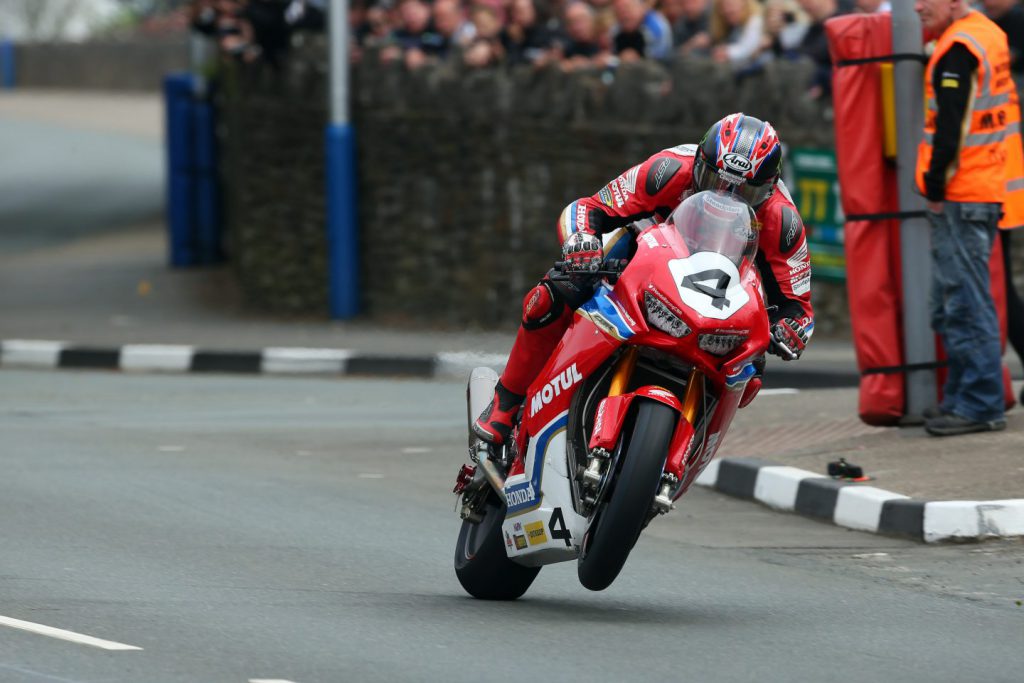
The 2019 Isle of Man TT takes place between the 25th of May and the 7th of June with riders taking part in a practice and qualifying week prior to the main race week which concludes with the Senior TT, a 6-lap race around the Mountain Course on Friday 7th June.
Race week begins on Saturday 1st June with the Superbike TT and first Sidecar race, before the Supersport TT and Superstock TT races the following day. After a day off, racing returns on Wednesday 5th June with the second Supersport TT race, the Zero TT race run by electric motorcycles and the Lightweight TT concludes racing for the day.
Friday 7th June is the main event as the second Sidecar TT kicks things off and leads into the Senior TT to conclude the 2019 Isle of Man TT.
The Isle of Man TT course
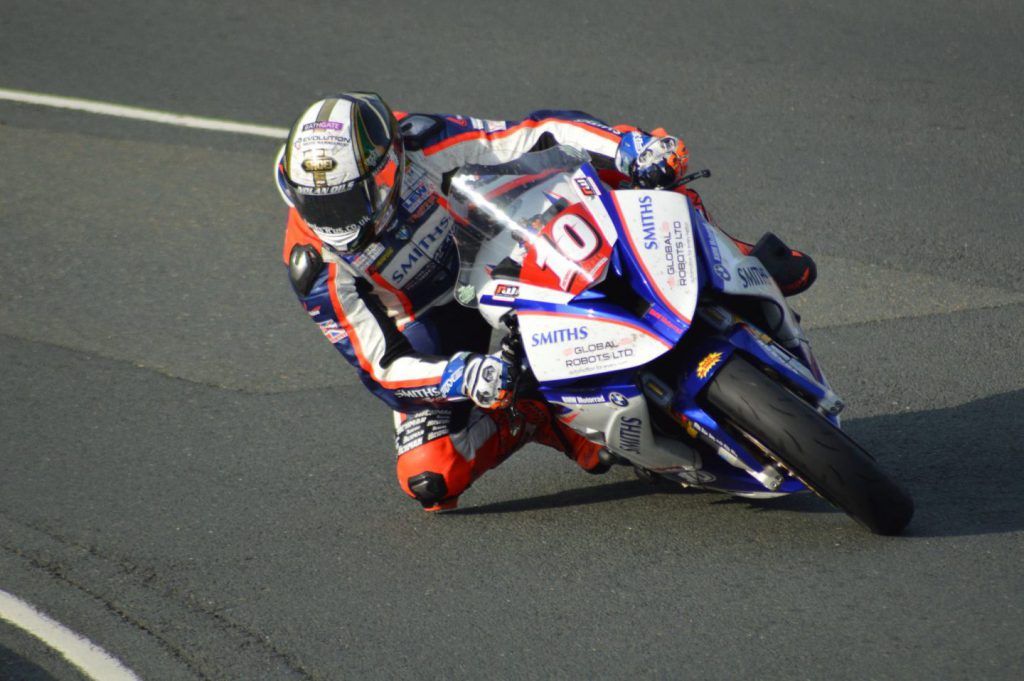
The Mountain Course on the Isle of Man covers a total distance of 37.73 miles and takes in a total of 219 turns. Riders head off from Douglas and down the now infamous Bray Hill from a standing start, waiting for the tap on the shoulder from the starting marshal before reaching speeds of in excess of 100mph in a matter of seconds.
The fastest man ever to have lapped the TT course, Peter Hickman, who broke the outright lap record in 2018 with a lap of 16 minutes 42 seconds with an average speed of 135.452mph will also be back on the island this year.
Hickman and Dean Harrison, who is also racing this year, combined to set “the perfect lap” in the 2018 Isle of Man TT when Harrison broke the sector records through sectors one and two, before Hickman set the new sector records for the remaining four in what would combine to be a lap of 16 minutes 35 seconds with an average speed of 136.413mph.
Notable winners at the Isle of Man TT
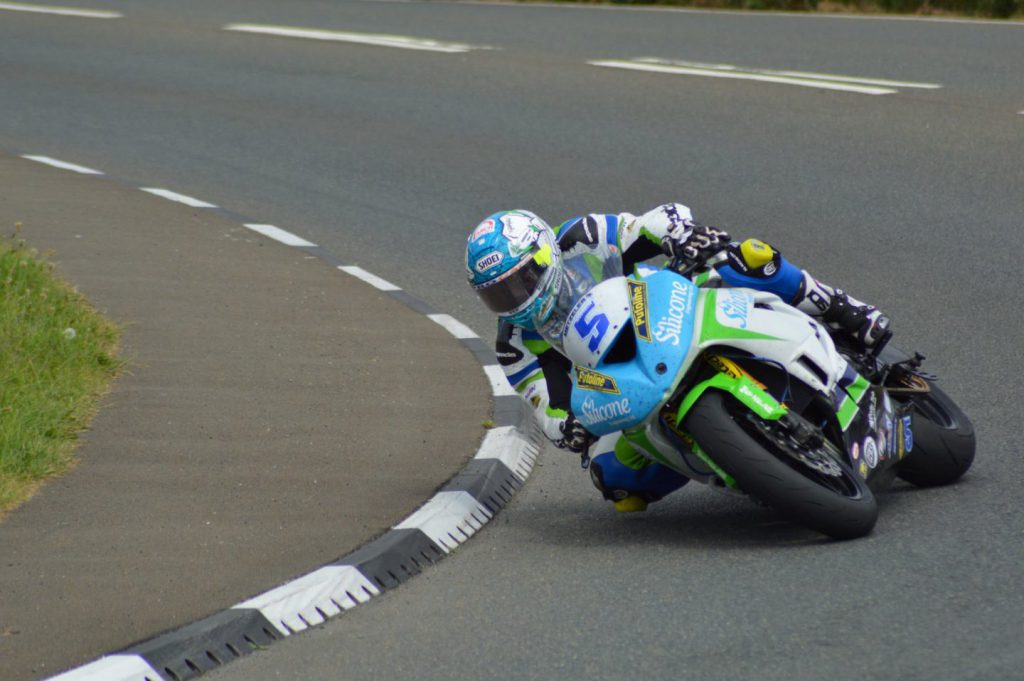
In the 112-year history of the Isle of Man TT there have been some illustrious names to have taken to the roads, but none have had the success of the late Joey Dunlop and the King of the Mountain, John McGuinness. Dunlop still holds the record for the most wins at the TT having taken the top step on 26 occasions with 40 podiums from this 78 completed races around the island.
Still riding today, 47-year old McGuinness has racked up 23 wins and holds the record with 46 podiums on the Mountain Course, most of which were on-board a Honda, with one of the left-hand bends at the top of Barregarrow now named McGuinesses’ in his honour.
Hot on the heels of McGuinness is Michael Dunlop, the nephew of Joey. Now 30 years old, Dunlop has won 18 Isle of Man TT races with 29 podiums and few would put it past him to add to that this year as part of the Tyco BMW team.
Other riders to have claimed multiple race victories around the TT course include Ian Hutchinson who won an incredible five races at the 2010 Isle of Man TT. Hutchinson, who has battled back from two potentially career threatening leg breaks has won 16 races at the TT and finished on the podium 27 times.
Major road racing events
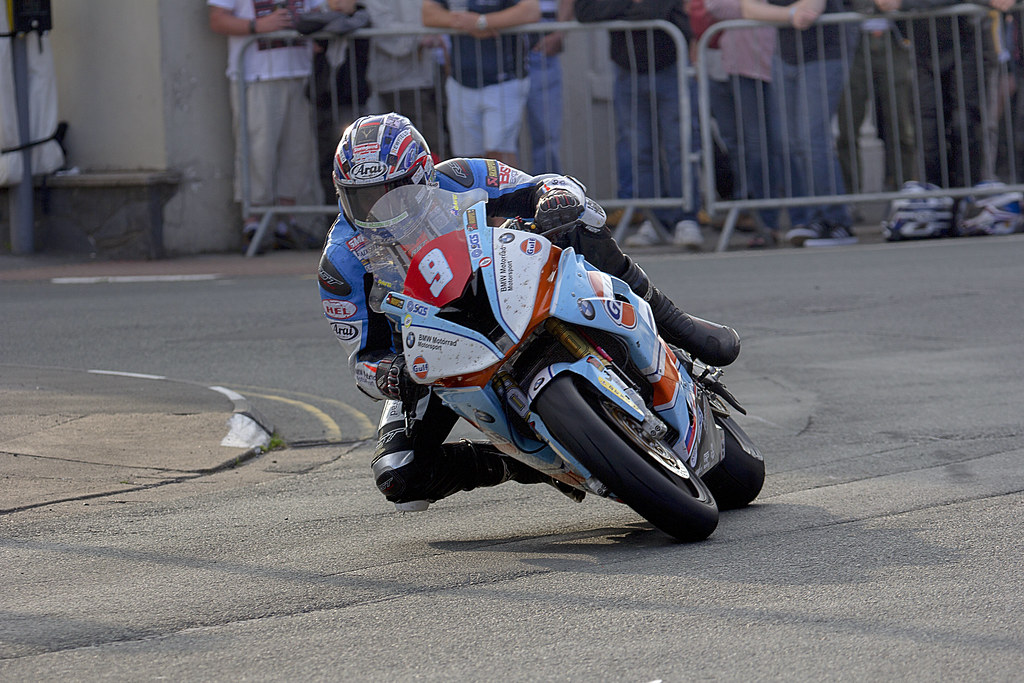
In addition to the TT there are a number of other major road racing events that take place throughout the UK and Ireland each year. Many of the riders who take to the roads do so across most – if not all – of them, in order to get their eye in for the main event, the TT, with almost all of the this year’s events taking place in Ireland.
The North West 200 is one of the most eagerly anticipated road racing events each year, taking place in early May in Northern Ireland with this year’s event the 90th anniversary. The event takes place between three towns – Portrush, Portstewart and Coleraine – covering a total distance of almost 9 miles with riders completing a lap of the circuit in around 5 minutes and reaching speeds of close to 200mph.
Prior to the North West 200 is the traditional curtain raiser for the road racing season at Cookstown in Northern Ireland. Road racers head to County Tyrone to tackle the 2.1-mile course and take the first opportunity of the season to test out the machines they’re likely to be using at the TT around a month later.
Following the TT there are two more major road races on the calendar, with riders heading back to Northern Ireland in August for the Ulster GP, a race that many view as being the end of the season from a British road racing perspective, before heading off to the gruelling Macau GP in November.
Road racing calendar for 2019
If you’re ready to get your road racing fix for the year or are planning on attending any of this year’s events, here are all the all-important dates for your diary:
Major road races:
26th – 27th April Cookstown 100
12th – 18th May North West 200
25th May – 7th June Isle of Man TT
5th – 10th August Ulster Grand Prix
17th – 30th August Manx GP
14th – 17th November Macau Grand Prix
Road racing championship meetings:
3rd – 4th May Tandragee 100
14th – 15th June Kells Road Races
28th – 29th June Enniskillen
6th – 7th July Skerries
13th – 14th July Southern 100
20th – 21st July Faugheen 50
26th – 27th July Armoy Road Races
7th – 8th September Killalane East Coast Festival
